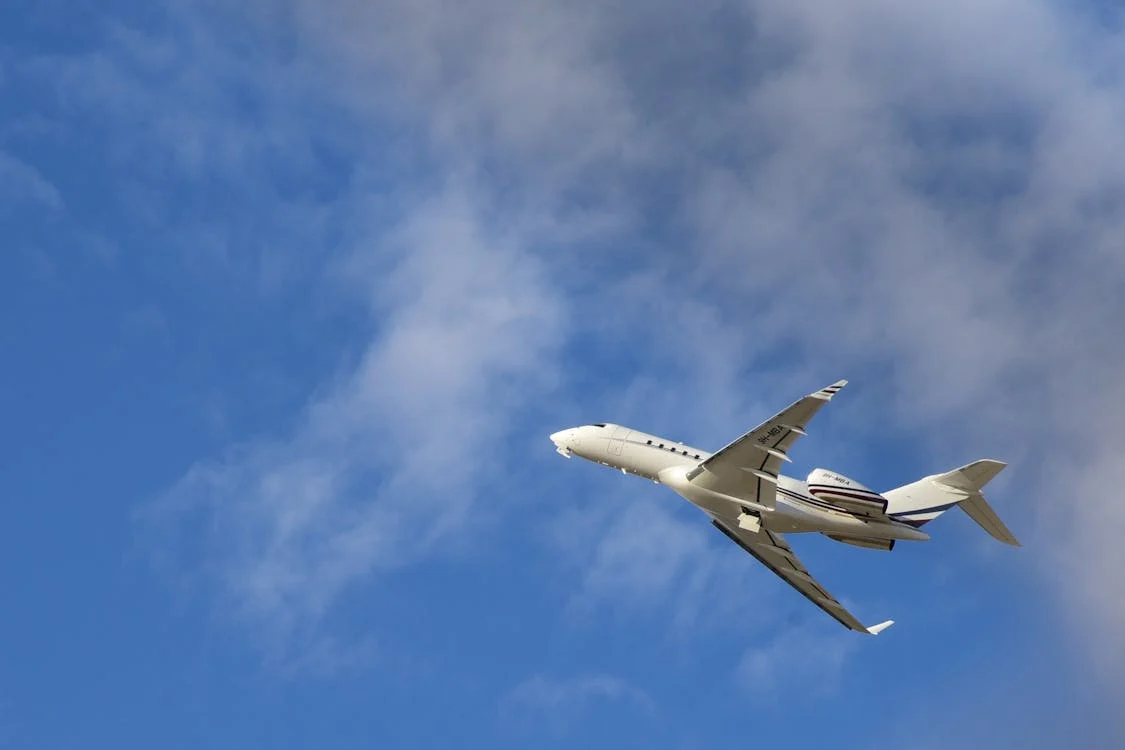The performance of any engine, especially an aircraft engine, is very much dependent on the strength and reliability of its components and support systems. Proper support is quite necessary for the smooth running, efficiency, and minimum chances of failure of an engine. The overall performance improves, and operational safety increases if the engine and its support systems are maintained and cared for correctly. For this reason, in the aviation industry, ensuring proper engine support goes beyond regular checks into such other areas as considerations for engine mounts, vibration control, and overall mechanical integrity. This post shall discuss the three key ways of ensuring proper engine support for optimum performance, with an emphasis on strategies that can achieve increased longevity and operational reliability. Whether you operate a fleet of aircraft or maintain just one engine, these are the methods by which you will realize optimum results.
- Regular Inspect and Maintenance of Aircraft Engine Mounts
Aircraft engine mounts are important parts that hold together an aircraft’s engine for general stability and performance. These mounts attach the aircraft’s engine onto the airframe of the aircraft so that it does not move during flight, thereby absorbing most of the vibration and shock from the operation of the engine. A worn or deteriorated mount can be a source of misalignment or increased vibration, which may negatively affect engine performance. The aircraft engine mount must be subjected to regular inspection for wear, fatigue, or damage before it becomes a big problem. Proper maintenance involves checking for cracks, corrosion, or looseness that may compromise the integrity of the mount. By investing time and financial resources into engine mounts, owners and operators can successfully reduce the vibrations within aircraft engines and make sure they run to full capability. Replacing such worn-out mounts with high-quality components can improve not just engine performance but also passenger comfort. A well-cared-for engine mount is an effective yet basic way of supporting the engine and maintaining its performance reliably.
- Early Detection of Problems by Monitoring of Engine Vibration Level
Vibration in every engine is quite normal; however, the extent or nature of such vibrations may sometimes denote deeper underlying problems that require immediate attention. By monitoring regularly, early signs of wear or damage to parts, like imbalances, misalignments, or component failure, can be noticed through engine vibration levels. Another important factor in aircraft engines that affects performance and durability is vibration. The exaggerated vibration can result in increased wear on various engine components, including bearings, seals, and other important parts. By installing vibration monitoring systems, operators can keep track of engine vibrations’ frequency and intensity, identifying trends in those that may indicate the possibility of any fault or problems. This information can then be used to schedule maintenance or repairs before the problem worsens, saving considerable time and money in the long run. Furthermore, using vibration-dampening systems and materials can reduce the impact of engine vibrations and promote a smoother and more efficient operation. Ensuring that vibration levels stay within safe limits is an essential aspect of maintaining proper engine support and achieving optimal performance.
- Regular Overhauling and Calibration of the Engine
Overhauling and calibration of the engine after a certain period ensure that all parts perform at their best in conformity with the manufacturer’s specifications. In the normal course, an overhaul of the engine involves dissembling, inspecting, replacing, and recalibrating components to regain the best performance level. By overhauling the equipment on the suggested schedule by the manufacturer, the operator is able to evade deteriorating performance and costly repairs on account of any ignored parts. Mechanics will cover all the most important engine parts, from the fuel system to the exhaust and lubrication systems, during the overhauling process. This recalibration will ensure that the working of the engine is well within its operative design parameters. This enables the engine to give maximum fuel efficiency, reduce emissions, and hence increase its service life. The health of the engine definitely depends on the routine overhauls and calibrations that may not be overlooked. Regularly overhauling an engine at schedule keeps it in peak performance and allows for very minor issues to be corrected before they become major concerns. Such proactive servicing supports the performance of the engine and ensures overall safety and efficiency of aircraft operation.
Conclusion
The essence of engine performance and safety lies in the way engine supports are offered to every category of an aircraft engine. Keeping views on a routine inspection of mounts, maintaining levels of vibration within the operating limit, undertaking overhauling at routine cycles and calibrating accordingly – the job will see your engines serving long-term smoothly. These measures not only result in better engine performance but also reduce the possibilities of failure and expensive repairs. A holistic approach to engine support allows both short-term operational success and long-term health for the engines, ultimately contributing to safer flights and more reliable aircraft. Whether you are responsible for a single aircraft or a whole fleet, improvements in these significant areas of the engine will contribute to optimal performance and a generally improved flying experience.
Stay in touch to get more updates & alerts on WashingtonGreek! Thank you



